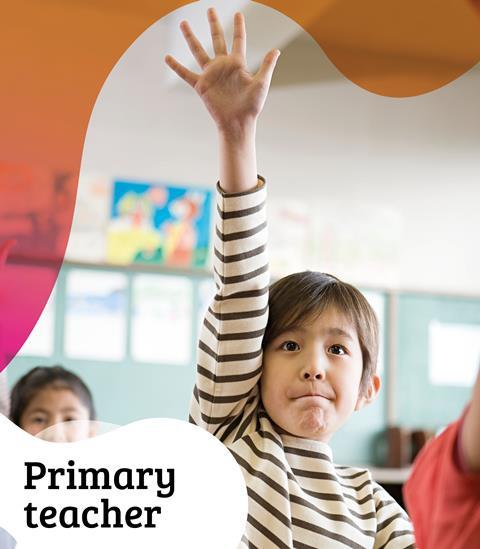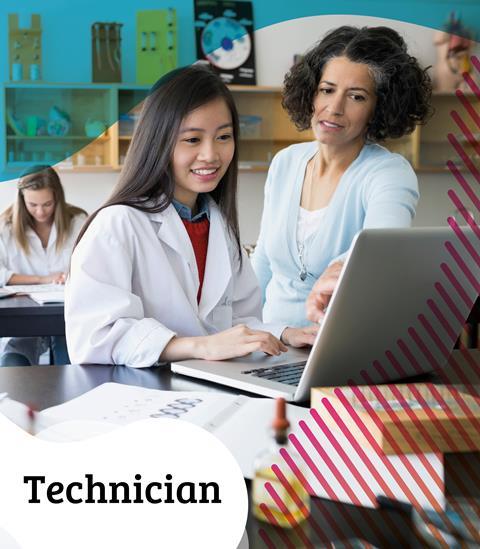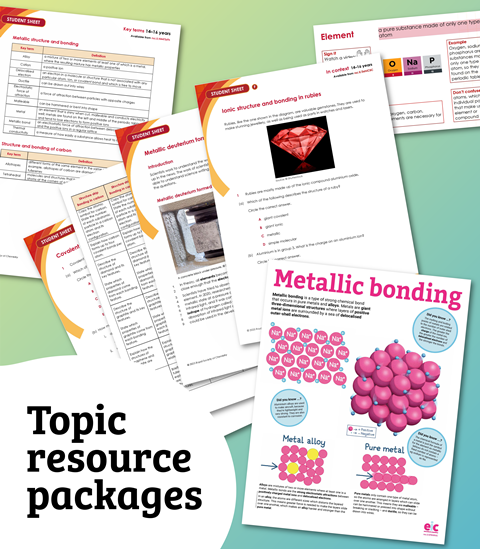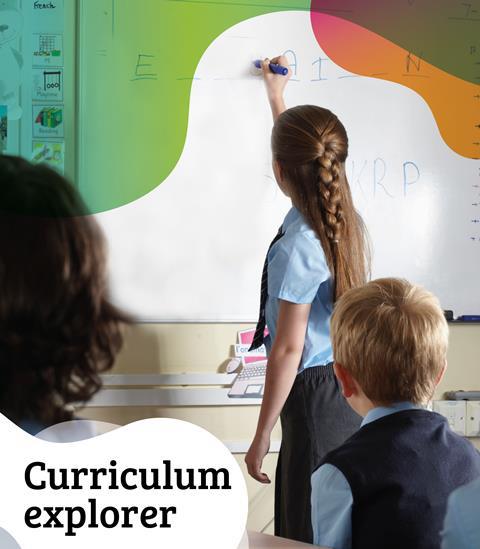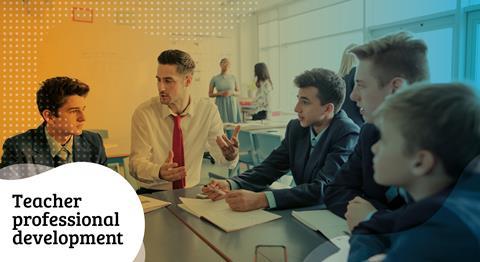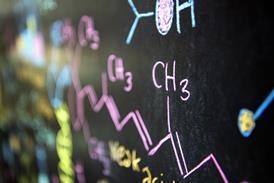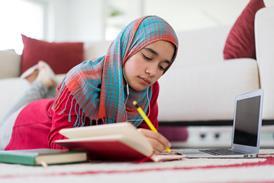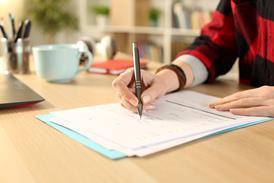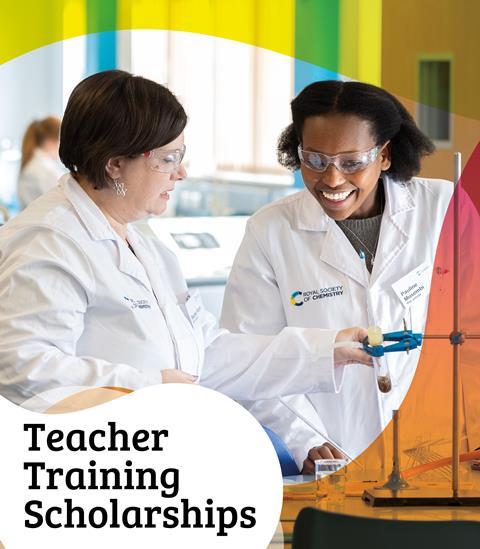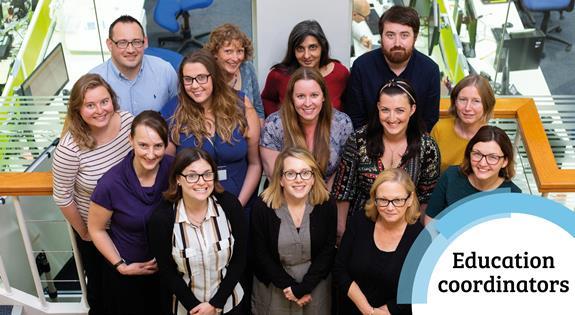All Resource articles – Page 36
-
 Resource
ResourceMagnets: primary science podcasts
Join Kareena and her superhero friend K-mistry for this short podcast introducing children to magnets.
-
 Resource
ResourceKitchen chemistry: primary science podcasts
Join Kareena and her superhero friend K-mistry for this short podcast introducing children to irreversible changes
-
 Resource
ResourceChemistry in sport: primary science podcasts
Join Kareena and her superhero friend K-mistry for this short podcast introducing children to how the properties of a material can make them suitable for a particular use.
-
 Resource
ResourceSustainable cars: primary science podcasts
Join Kareena and her superhero friend K-mistry for this short podcast introducing children to fossil fuels and renewable fuels.
-
 Resource
ResourceChemistry is all around: primary science podcasts
Join Kareena and her superhero friend K-mistry for this short podcast introducing children to the idea that everything is made up of the same building blocks, including everything in space.
-
 Resource
ResourceSmart materials in nappies: primary science podcasts
Join Kareena and her superhero friend K-mistry for this short podcast introducing children to absorbancy and comparing materials on the basis of their properties.
-
 Resource
ResourceSoaps and detergents: primary science podcasts
Join Kareena and her superhero friend K-mistry for this short podcast introducing children to how soaps and detergents work.
-
 Resource
ResourceEnergy transfer: primary science podcasts
Join Kareena and her superhero friend K-mistry for this short podcast introducing children to appliances that run on electricity.
-
 Resource
ResourceHeat transfer and insulation: primary science podcasts
Join Kareena and her superhero friend K-mistry for this short podcast introducing children to thermal conductors and insulators.
-
 Resource
ResourcePreserves: kitchen science podcasts
Introduce your students to methods to preserve food with this short podcast.
-
 Resource
ResourceRot: kitchen science podcasts
Introduce your students to food decomposition due to bacteria with this short podcast.
-
 Resource
ResourceElemental: kitchen science podcasts
Introduce your students to components of food such as iron, calcium and carbohydrates with this short podcast.
-
 Resource
ResourceLow fat: kitchen science podcasts
Introduce your students to healthy eating with this short podcast.
-
 Resource
ResourceSweet and sour: kitchen science podcasts
Introduce your students to how the 5 senses help us perceive food with this short podcast.
-
 Resource
ResourceSensational states: kitchen science podcasts
Introduce your students to changes of state with this short podcast.
-
 Resource
ResourcePrimary science podcasts
Join Kareena and her superhero friend K-mistry for this series of short podcasts introducing children to chemistry.
-
 Resource
ResourceWater! Water!
A resource pack including a student worksheet, teachers’ notes and four presentations looking at one of the most vital substances on planet Earth - water.
-

-
 Resource
ResourceWind power challenge
A link to Practical Action’s wind power challenge and its related resources, where students are tasked with designing and testing a wind power machine that is cable of lifting weighted objects,
-
 Resource
ResourceTypes of fireworks
Reverend Ron Lancaster MBE demonstrates some of the different types of fireworks, including rockets, shells and Roman candles.

